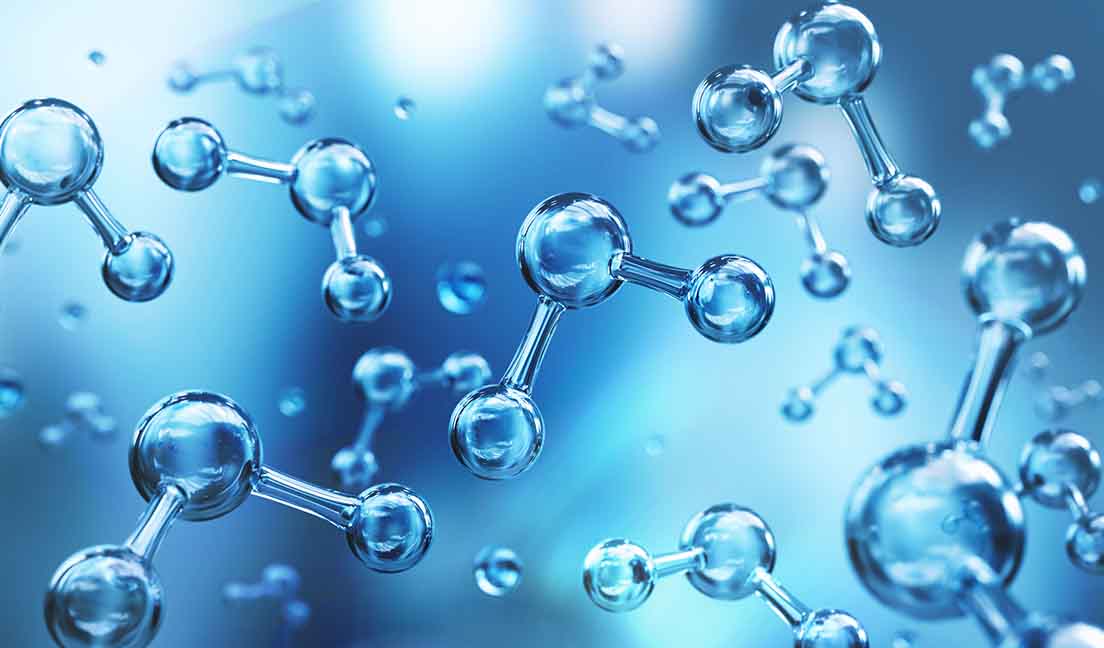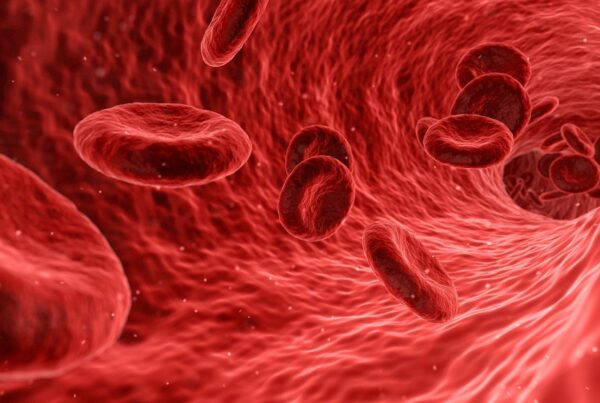Chlorine dioxide. ClO2.
It is a new therapy in my toolkit and might just be the biggest game changer for me since introducing the low sulfur protocol. Let me explain.
ClO2 falls into the category of ‘oxidative therapies.’ Nutrients can, in a general way, be classified as either oxidative or antioxidative. We have all heard lots about the acclaimed benefits of antioxidants such as vitamins C, E, D, and nutrients like quercetin and grape seed extract. These therapies quench free radicals, which are oxygen molecules that have an unstable number of electrons. And yes, they can have their important contributions to treatment and general health.
Oxidative therapies are those that generate those same oxygen free radicals. Yes, it seems counterintuitive to promote their production, but many therapies we know as valuable do exactly that: high-dose intravenous vitamin C, hydrogen peroxide, intravenous and transdermal ozone, ultraviolet blood irradiation, and others. These therapies work their magic by creating an excess of those same oxygen radicals in the types of cells that can’t adequately get them antioxidized.
Chlorine dioxide is another oxidative therapy, and one of the most important in my opinion.
Without going into any boring biochemistry, I’ll give you some bullet points for why I think this is true:
- ClO2 kills viruses, bacteria, mold, yeast, many parasites, and anything else that might need to be killed. It is a universal antimicrobial.
- ClO2 doesn’t kill healthy bacteria in the digestive tract. Bacteria can be divided into what are called gram negative and gram positive bacteria. The bad bugs are gram negative, and these are the bugs killed by ClO2.
- As the name suggests, chlorine dioxide is delivering oxygen wherever it goes. Diseased tissue and especially tumors are areas of low oxygen, so it goes precisely where it is needed.
- Because of the charge on the molecule, ClO2 is drawn to acidic areas of the body. The lower the pH, the more ClO2 is drawn there. It just so happens that unhealthy tissue and most especially cancerous tissue is acidic, again drawing ClO2 to precisely the places it is most needed.
- ClO2 is amazingly safe. It has virtually no toxicity even at high doses. There are symptoms that can result from its use, but those are due to the effects it is having in the body and not to any toxicity of the chemical itself.
- For sensitive patients it can be dosed in a very tightly controlled way. While a standard dose might be around 1 drop ClO2 per 100mL water, it is easy to dose it as low as 1/20 of a drop or less in 100mL water for sensitive patients.
- ClO2 very specifically suppresses the growth of sulfur-fixing bacteria. These are the bacteria that generate hydrogen sulfide and generally cause problems for sulfur-sensitive people. While I would never only use ClO2 as a therapy for these patients, it can be a very helpful addition to a treatment program.
Most new patients I see now I’m having start one or more protocols using ClO2 as part of their overall treatment program.
The challenge of chlorine dioxide as a therapy is in the implementation. There are three ways to obtain the chlorine dioxide that you then add to water as the therapy.
- You can purchase two different chemicals. One is sodium chlorite, and the other is a weak solution of hydrochloric acid. By combining these in a 50/50 ratio, they react and produce chlorine dioxide. So, 10 drops of sodium chlorite added to 10 drops of hydrochloric acid produce 10 drops of chlorine dioxide. These drops are combined daily, and even hourly, to produce ClO2 that gets added to water. This method has some limitations that I talk through with patients.
- You can purchase chlorine dioxide already made. This is a great solution to the problem, except that it becomes rather expensive fairly quickly, especially when the dose gets high. A bottle of 120mL of chlorine dioxide costs about $30. A typical dose has someone taking 10mL daily, so a $30 bottle lasts just 12 days.
- You can make chlorine dioxide at home. It is a process that takes some chemistry-in-the-kitchen. Each batch of solution takes about 2 days to make. This is the cheapest way to obtain it. I can give instructions for home productions for those interested.
The benefits of using ClO2 become even more pronounced when combined with specific herbs and minerals that amplify the oxidative effect.
I believe ClO2 has a very wide range of potential uses. There are well-established protocols for its use orally, drinking a dose each hour for 10 hours. Other protocols specify how to use it as a sinus flush, as a topical application for skin conditions, in an enema solution for toxicity and digestive issues, as an ear flush, and much more. The dose of ClO2 to use in each situation is tailored to the individual and the treatment goals.
Most new patients I see now I’m having start one or more protocols using ClO2 as part of their overall treatment program. If you have not had a follow up with me in more than 3 months, there is a good chance I was still buried in the research on ClO2 and may not have suggested it as part of your treatment program. If you’d like to know if ClO2 could be a helpful addition to your daily routine, let’s have a conversation about it. You can request a time on my schedule by clicking here:




